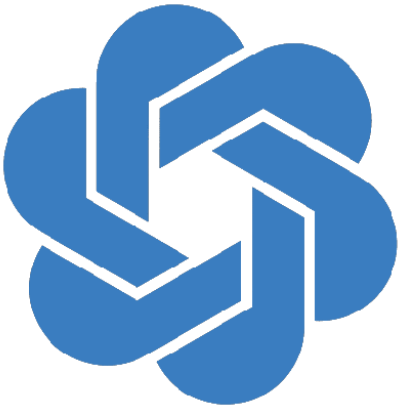Introduction
In the realm of data analysis, leveraging cutting-edge natural language processing (NLP) tools like ChatGPT can significantly streamline the process. ChatGPT, powered by OpenAI’s GPT-3.5, is an impressive language model that offers valuable assistance in various data-related tasks, including data exploration, preprocessing, modeling, and visualization.
This blog aims to delve into the practical applications of ChatGPT to analyze data, providing insights and practical tips to optimize its usage.
Understanding ChatGPT
Before delving into data analysis, it is essential to familiarize ourselves with the capabilities of ChatGPT. ChatGPT is a powerful language model trained on vast amounts of text data, enabling it to generate human-like responses based on given prompts. With its ability to comprehend and generate coherent and contextually relevant outputs, it serves as an ideal tool for interacting with data and extracting valuable insights.
Exploring and Preprocessing Data
Data exploration forms a critical phase of any data analysis project. ChatGPT can facilitate interactive data exploration by enabling users to pose questions, request summaries, statistics, or visualizations. By providing specific prompts, one can employ ChatGPT to generate descriptive statistics, identify missing values or outliers, and even propose potential correlations. Furthermore, ChatGPT proves helpful in data preprocessing tasks such as text cleaning, normalization, and feature engineering.
Modeling and Predictive Analytics
ChatGPT can be leveraged for modeling and predictive analytics endeavors. By articulating well-defined problem statements and appropriate prompts, users can harness the model to gain insights, construct predictive models, and make predictions on unseen data. For instance, ChatGPT can suggest suitable machine learning algorithms based on dataset characteristics or generate sample code for model training and evaluation.
Natural Language Querying
An exceptional feature of ChatGPT lies in its ability to comprehend and respond to natural language queries. This eliminates the need for intricate programming syntax or specialized query languages, making data analysis more accessible to individuals with limited technical expertise. Users can seek assistance from ChatGPT to perform complex database queries, filter and sort data, or retrieve specific records based on diverse criteria.
Data Visualization and Reporting
Effective data visualization plays a pivotal role in conveying insights clearly. Although ChatGPT primarily operates as a text-based model, it can still aid in generating basic visualizations. Users can request ChatGPT to create bar charts, line plots, scatter plots, or other simple visual representations of the data. Additionally, ChatGPT can assist in generating narrative reports that summarize the analysis process and highlight key findings, providing a comprehensive overview of the dataset.
Best Practices and Limitations
While ChatGPT proves to be a valuable asset for data analysis, certain best practices and limitations should be considered. It is imperative to verify the outputs generated by ChatGPT and exercise caution in blindly accepting its suggestions. Providing clear and specific prompts helps minimize ambiguity. Additionally, it’s essential to note that ChatGPT’s responses are based on pre-existing data and may lack knowledge of recent events or developments beyond its training cutoff date.
Conclusion
By harnessing ChatGPT for data analysis, analysts and data scientists can significantly enhance efficiency and accessibility. The capabilities of ChatGPT allow for interactive data exploration, preprocessing, modeling, querying databases, and generating basic visualizations and reports. However, it is important to approach ChatGPT outputs with scrutiny, validating results and being mindful of its limitations. When utilized effectively, ChatGPT serves as a powerful assistant, enabling analysts to extract valuable insights and make informed decisions.
By understanding how to use ChatGPT to analyze data, users can maximize its potential and unlock the benefits of this advanced language model in their analytical endeavors.

